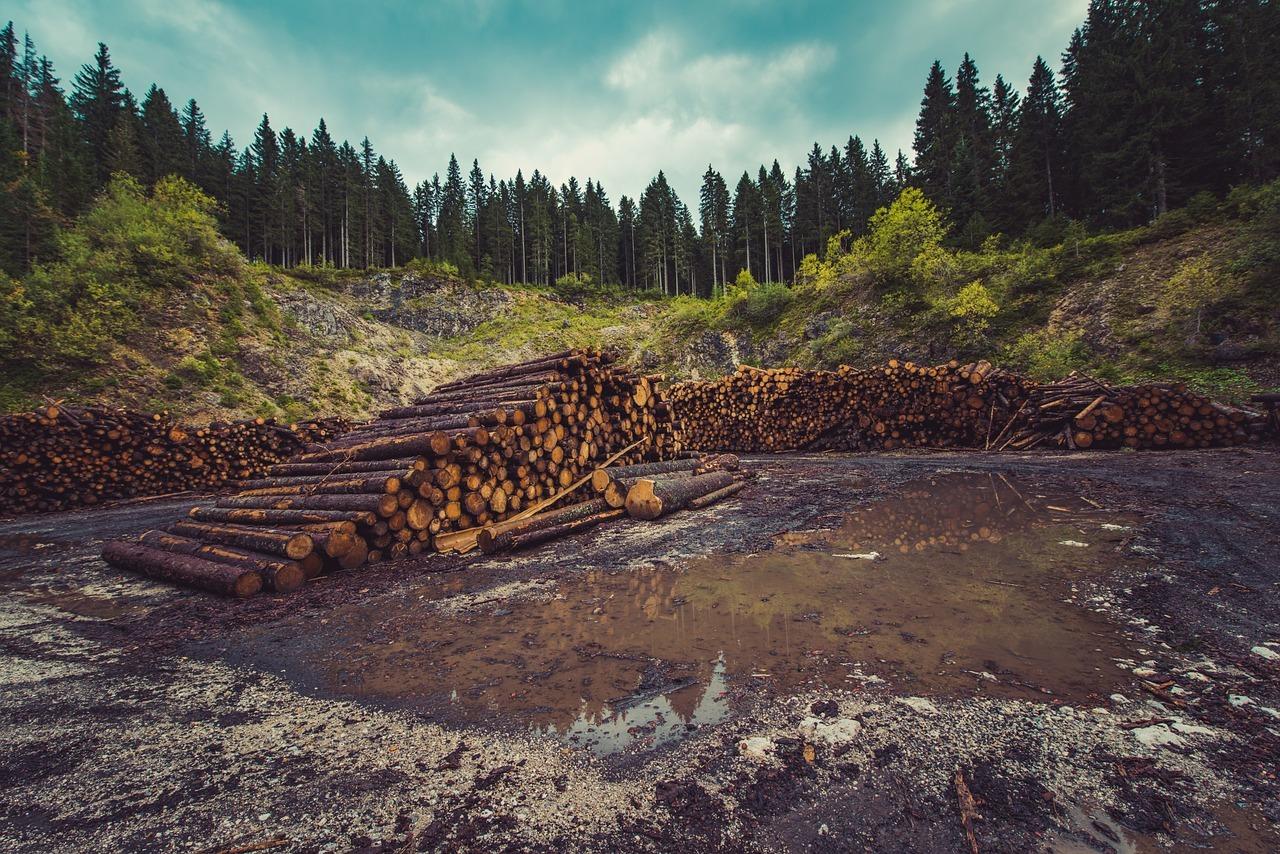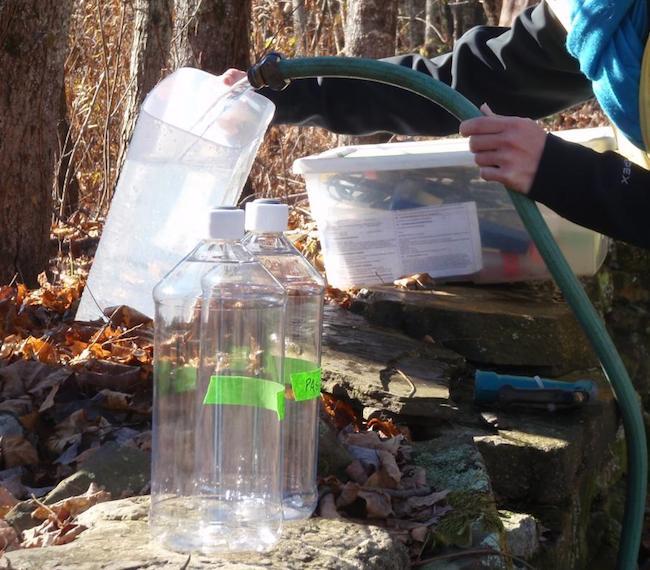The Rising Cost of the Zika Virus Epidemic


Brazil is calling out its latest defense against the Zika virus: the military. Armed with leaflets, some 200,000 troops fanned out across cities, towns and remote rural villages this week. Their mission: Zika Zero -- the task of educating citizens on how to protect themselves against the disease.
The door-to-door process alone is massive. With more than 200 million residents in the country, the airforce, army and navy will visit some 3 million households, urging residents to be proactive against the Aedes aegypti mosquito (A. aegypti), which is blamed for the epidemic.
The Zika virus is suspected to cause microcephaly in newborns, a rare birth defect that causes babies to be born with abnormally small heads. The World Health Organization has yet to establish a definitive cause-and-effect connection, but the link is "strongly suspected." This caused some affected countries to urge couples to delay or take increased precautions when considering having children. The U.S. Centers for Disease Control and Prevention and other groups have also issued travel warnings for affected countries.
Underscoring the urgency of this campaign is the news that Zika and old foes like dengue and malaria (all of which can be carried by the A. aegypti mosquito) is being spread by climate change. The warmer, more sustained temperatures caused by global warming, combined with the present El Niño/Southern Ossillation conditions that brought increased rain to the Southern Hemisphere last year, offer perfect breeding conditions for the zebra-striped insect. It also means that the environmental range for the mosquito is widening, offering habitat in areas where the insect has rarely been seen.
Not surprisingly, the financial price-tag attached to controlling the Zika epidemic is expected to be steep. Global health organizations haven't yet been able to put a dollar figure on the battle, but until last year, only a handful of the 30 countries now struggling to address the virus had seen any substantial evidence of the disease on their shores.
So, to calculate a projected cost of the Zika virus (globally), researchers are looking at what it cost countries to combat the dengue epidemic, which swept through Asia, Africa and Latin America in or around 2013. The global tally was $8.9 billion, more than Mexico's military budget in 2013.
Matheus Takatu Barros and Donald S. Shepard, PhD, from the Heller School for Social Policy and Management at Brandeis University, found that developing nations constituted the majority of the hardest hit countries in the dengue epidemic. Brazil, with its sizable population and land mass, came in third in expenditures, at $728 million, topped by Indonesia ($2.2 trillion) and India ($1.5 trillion).
They came to these figures by looking at assessment and treatment costs, then adding them to the expenditures for preventative measures, and wrapping in the price that the epidemic had on things like loss of tourism and trade.
For countries that depend heavily on tourism, epidemics like dengue and Zika can have a sizable price-tag. In 2013, international tourism brought more than $7 trillion to businesses in Brazil. Those revenue gains are even more significant with events like the World Cup, which took place a year later -- and they can take a sizable hit when travel alerts come out advising visitors to stay away from the region.
"When outbreaks occur, people stay away," Duane Gubler, an infectious disease expert, told Bloomberg Reports.
The global cost of the Zika epidemic probably won't be known until after health authorities have it in reign. And with climate change in the picture, that could take some time. Researchers point out that the impacts of climate change aren't limited to a single season or year: Warmer temps and changing climate in previous years help to increase the range for this very adaptable mosquito in subsequent seasons, as weather patterns move around the world.
As scientists study and begin to better understand the effect of global warming on the potential developments of epidemics like the Zika virus, health officials are beginning to debate whether the total eradication of sub-species like the pernicious Aedes aegypti -- or the total mosquito species -- is warranted. What would be the global ecological fall-out in years to come? And would it even stop the spread of Zika and other mosquito-borne diseases?
Those are answers that scientists can only guess. But for some experts and healthcare workers facing the Zika virus epidemic, it's a risk they are willing to consider.
Images: Gabriel Jabur/Agência Brasília; Marcelo Camargo/Agência Brasilia;Dênio Simões/Agência Brasília


















